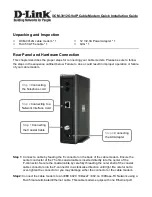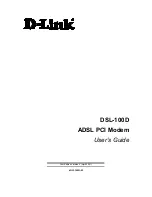
UniMod LTE
12
Behaviour of the LEDs during the switch-on process:
After switching on, all LEDs light up for a few seconds, after which the
GSM-LED flashes
SIM error: no SIM-Card inserted or a faulty SIM-Card: all four field
strengths LEDs flash several times
After a correct registration in the radio network the GSM-LED is on and
goes out every 3 seconds briefly for 300ms
APN error: no logon to APN possible (wrong or no access point in the
parameterisation): the three network LEDs (2G and 3G and 4G) flash
simultaneously
After correct login to APN: one of the power LEDs (2G or 3G or 4G)
lights continuously
Client mode: during login at the IPT-Bridge the IPT-LED flashes
Client mode: after a correct login at the IPT-Bridge, the IPT-LED lights
continuously
Client mode: when TLS encryption is active, the TLS-LED lights up con-
tinuously
IPT error: in case of a login error, the IPT-LED flashes continuously
7
Programming the Modem
Before installing the modem it has to be programmed in order to meet the
demands. The baud rate and data format for connecting the target device
(e.g. meter) and the transmission mode (server or client) including IP ad-
dresses on the radio network must be adjusted. On delivery the following
default parameters are active:
Data rate
9600 Bit/sec (if not differently mentioned)
Data format
7E1: 7 data bits, even parity , 1 stop bit (if not differ-
ently mentioned)
Handshake
Without
This configuration allows for reading standard meters according to VDEW2
(IEC1107 / IEC62056-21). Alternative possibilities:
8N1 for DLMS or Modbus RTU
8R1 for M-Bus
If you want to change this parameters, you need a PC with terminal soft-
ware UniModSet. To establish connection between PC and modem you
have to use:
A) the parameterization adapter with USB port (#12823)
B) the parameterization adapter with RS232 port
C) the converter (converter box or ConvBox) to adapt the interfaces













































